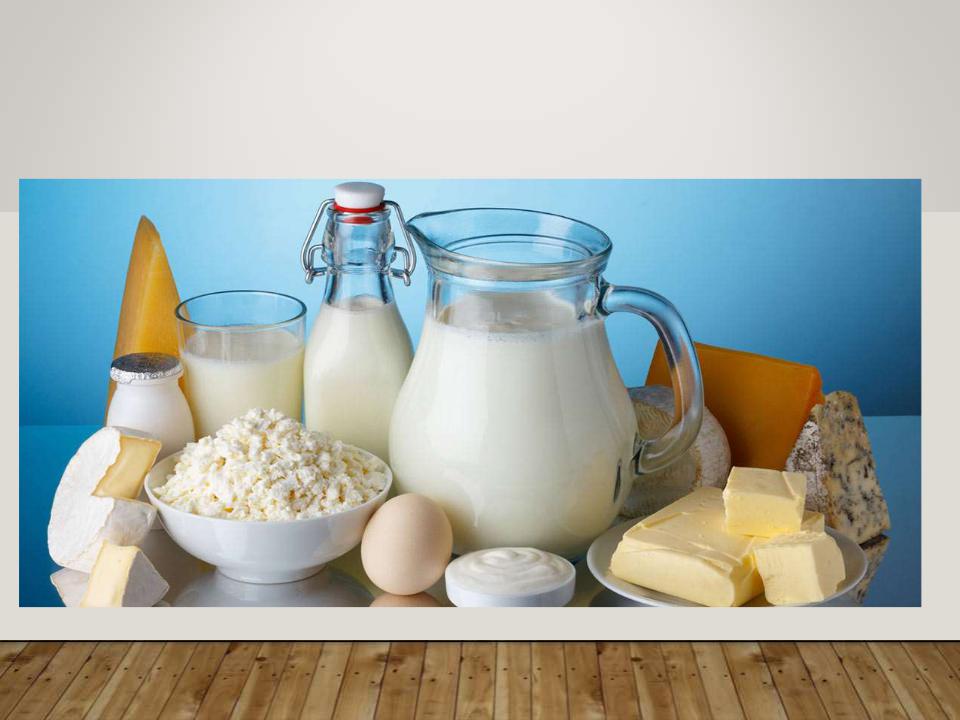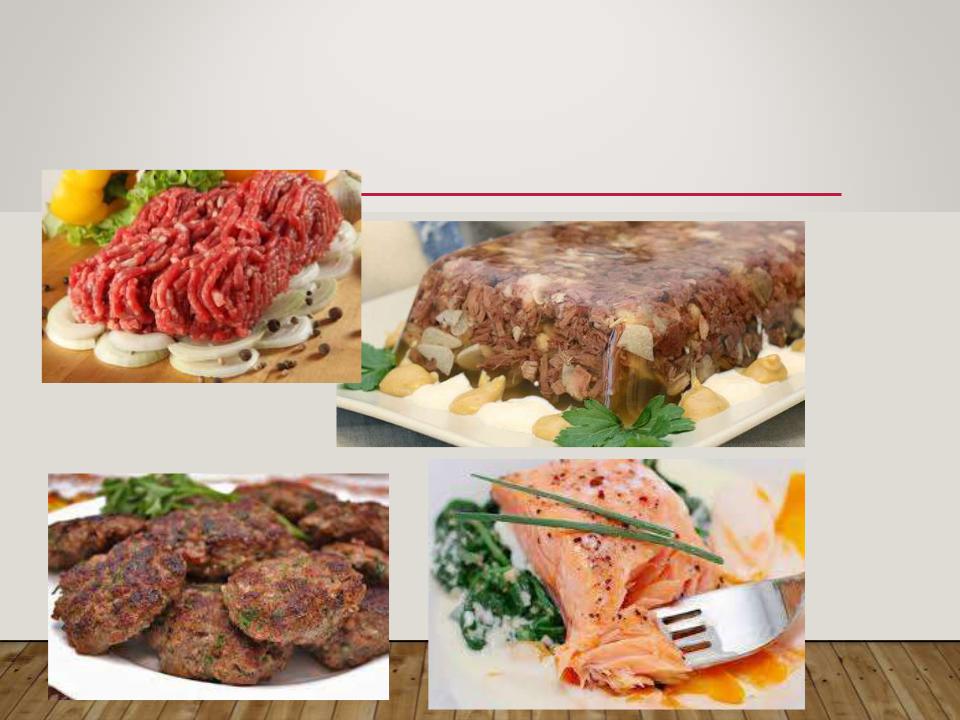
Eng / Food poisoning
.pdf
KUBAN STATE MEDICAL UNIVERSITY
FOOD POISONING
LECTURE FOR STUDENTS OF THE 5THYEAR OF MEDICAL FACULTY

FOOD POISONING -
•A group of diseases caused by opportunistic bacteria and their toxins contained in food products, occurring mainly with symptoms of damage to the gastrointestinal tract, intoxication and often dehydration

ETIOLOGY
•Enterobacteriaceae (genera - Proteus, Serratia, Hafnia, Enterobacter, Citrobacter etc.)
•Vibrionaceae (V. parahaemoliticus)
•Pseudomonadaceae
•Streptococcaceae (proteolytic variants of serogroup D streptococci)
•Bacillaceae (genus Bacillus - B.cereus; Clostridium - C.perfringens)

POISONING WITH TOXINS
•Staphylococcus aureus
•Clostridia
•Streptococcus
•Spore aerobes (Bac. cereus)
•Halophilic vibrios (Vibrio parahaemoliticus)
•Proteus
•Citrobactria
•Hafnium

EPIDEMIOLOGY
•Found everywhere
•Pathogens are widely distributed in the environment
•The highest incidence is recorded in economically developed countries
•Dominated in the structure of acute intestinal infections

EPIDEMIOLOGY
•anthroponoses with fecal-oral mechanism
•The main route of transmission is food
•In food, the pathogen multiplies and the toxin accumulates
•Register during the year, but more often in the summer
•Outbreaks are characteristic

EPIDEMIOLOGY
Source of infection with staphylococcal nature:
•a person suffering from diarrhea or pustular disease
•animals - e.g. cows with mastitis

EPIDEMIOLOGY
•The most dangerous products are cooked without heat treatment.
•Or food kept warm after cooking

DAIRY

MEAT AND FISH PRODUCTS
